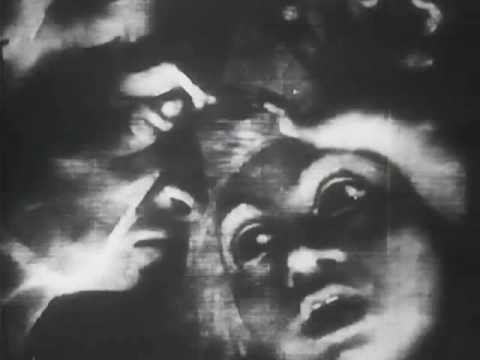Courtesy of Hybrid Medical Animations comes a high-tech “visual study/exploration of the body in motion.” The goal of the animation was to create a realistic representation of x‑rays, while also capturing the beauty of various yoga poses. Looks like they hit the mark on both accounts.
In creating this 3D animation, no x‑rays were actually used. No one was exposed to radiation in any way, shape or form. It’s all just animation — sophisticated animation that somehow manages to show “proper bone densities and represent actual bone marrow inside each individual bone.” If you practice yoga, you’ll certainly recognize some of the poses in the clip.
If you would like to sign up for Open Culture’s free email newsletter, please find it here. Or follow our posts on Threads, Facebook, BlueSky or Mastodon.
If you would like to support the mission of Open Culture, consider making a donation to our site. It’s hard to rely 100% on ads, and your contributions will help us continue providing the best free cultural and educational materials to learners everywhere. You can contribute through PayPal, Patreon, and Venmo (@openculture). Thanks!
Related Content:
Sonny Rollins Describes How 50 Years of Practicing Yoga Made Him a Better Musician
Watch a New Music Video Shot Entirely Within an MRI Machine
What Happens When Your Brain is on Alfred Hitchcock: The Neuroscience of Film
This is Your Brain on Sex and Religion: Experiments in Neuroscience
Free Guided Meditations From UCLA: Boost Your Awareness & Ease Your Stress


